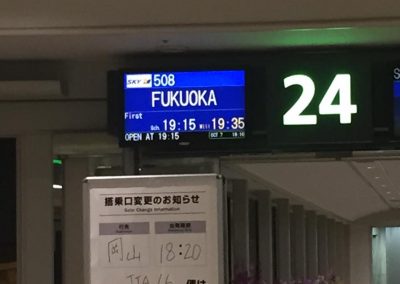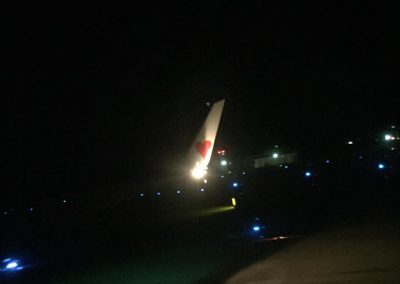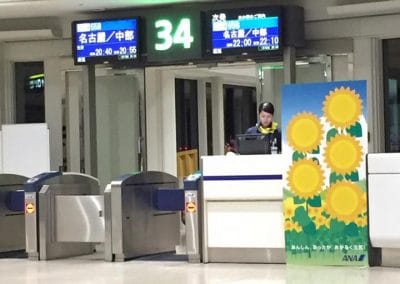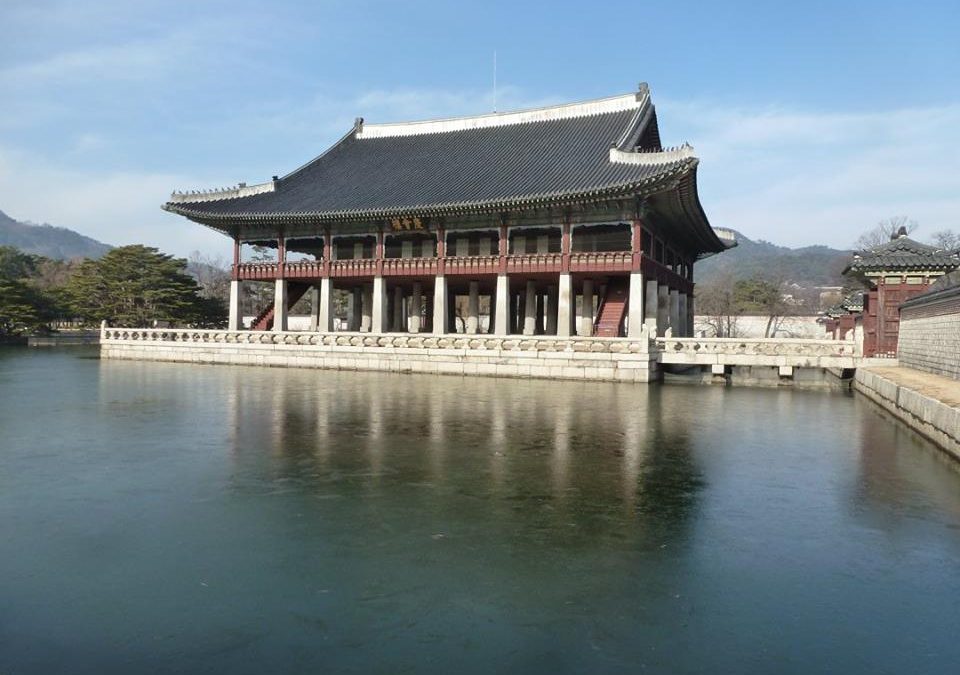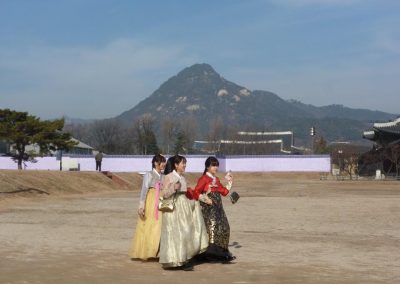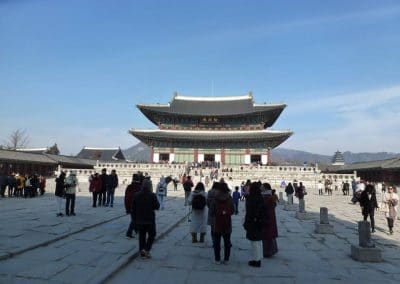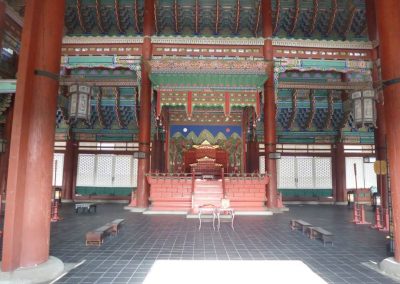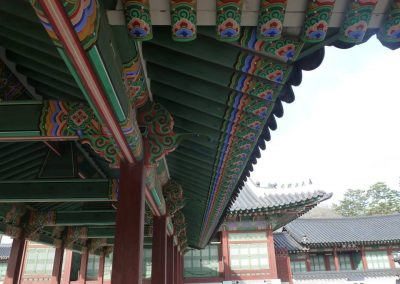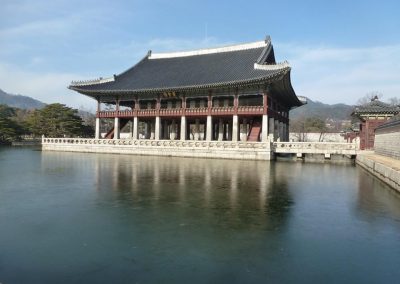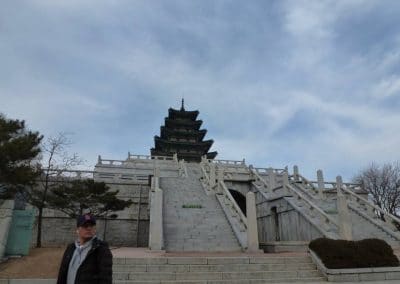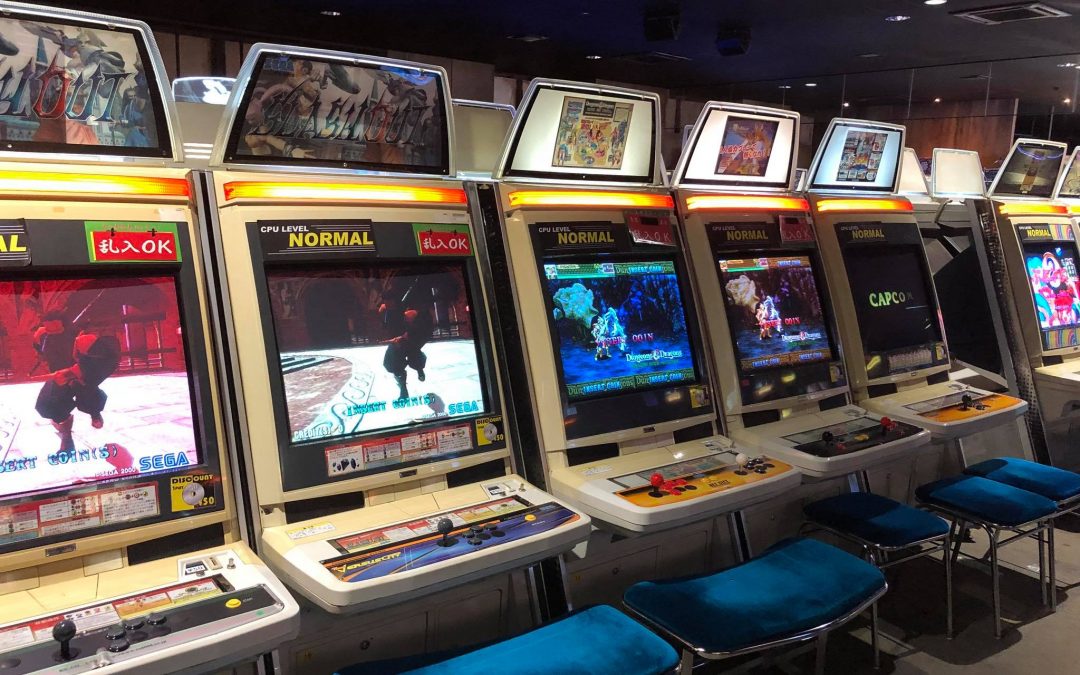
Anata No Warehouse.
 Arcades are usually bright and loud, an assault on the senses with cheery music and gaudy lights. Anata no Warehouse (Your warehouse) in Kawasaki is a different breed. Step through it’s ominous doors with me.
Arcades are usually bright and loud, an assault on the senses with cheery music and gaudy lights. Anata no Warehouse (Your warehouse) in Kawasaki is a different breed. Step through it’s ominous doors with me.
The creators of Anata no Warehouse took great care in its construction. The outside is murky and deliberately worn, a stark contrast to its cleaner neighbors. Inside, the entrance lies on the first floor, along with parking. Step through its automated doors (parking side), and you’ll be transported to the seedy underbelly of Hong Kong’s infamous (and now extinct) Kowloon Walled City. Take the elevator or escalator up to the second floor, and be amazed at the level of detail. 
There are five floors altogether. The first floor is parking and entrance/exit. The second floor is a mix of retro and modern arcade systems, including driving games, beat em ups, RPGs, and UFO catchers. This floor is the most impressive. Every inch has been made to look like Kowloon City. Dim neon signs in kanji light up the top half of the room, old posters scatter the walls, and there are even props you can take photos in, including a street food market and an apartment complex entrance. Look up, and you’ll see tattered clothing crisscross the ceiling, listen carefully and you’ll hear sounds of a long dead city. The decor alone is a reason to go. But, if you love games, you won’t be disappointed in that respect either. The place is like a tardis, it seems like you’ll never reach the end. Each floor is the same in that respect.
Once you tire of this floor, head up and check out the others. Whilst sadly the same theme isn’t carried up, each floor has its own set of features and entertainment. On the third floor, you’ll find a huge bank of medal games. The purpose of this game is to simply drop medals (you’ll find machines dotted around that allow you to change yen into medals) into a machine that continually pushes them forward. It’s oddly cathartic, but not for the impatient. 
The fourth floor is all about billiards and darts. Speak to the staff at the central desk to get the equipment needed (darts, balls, cues), then take your pick. Again, it’s a big floor, you won’t spend much time waiting around.
The fifth floor is an internet cafe that serves food, but you have to be a member to use it. It can only be reached by elevator.
There’s no limit on how long you can stay. Anata no Warehouse opens at 9.00am and closes at 11.45pm, and it has free parking. You pay as you play, so be sure to take cash with you. There isn’t much in the way of food, but you will find vending machines scattered throughout for drinks. There is a restriction on age. No under 18’s are allowed. There is disabled access in the form of elevators, though if you are entering and have mobility issues, use the street side entrance as it’s level. Smoking is permitted inside, floors 3-4 get especially smoky, and ventilation is limited. 
Overall, I really enjoyed Anata no Warehouse. It’s unique and has a lot of arcade games I enjoyed as a child. If you’re in Kawasaki, I recommend a visit. You can find it here.

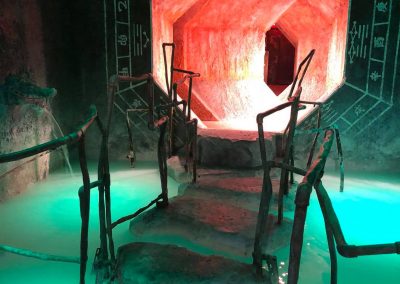
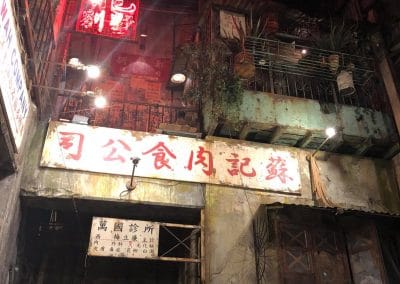
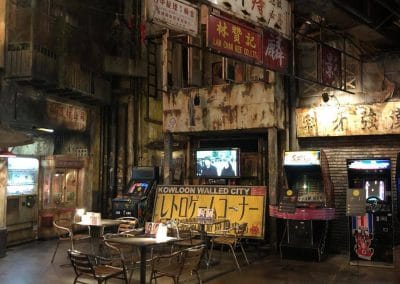
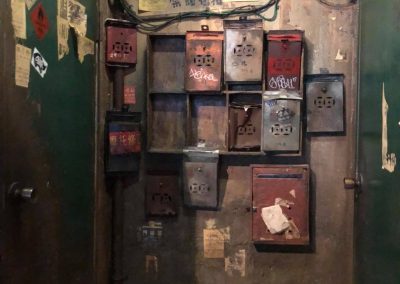
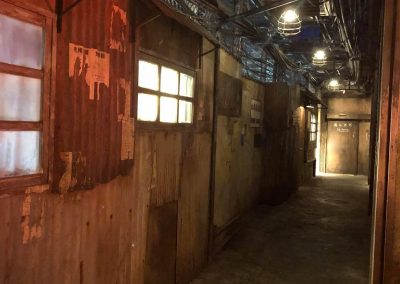
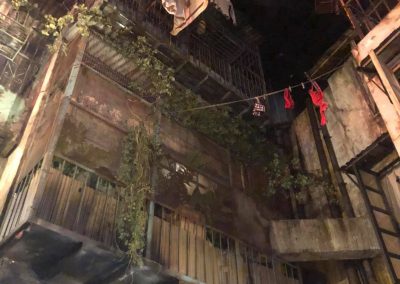

 Step through it’s alluring Torii, and into a world of ancient history. In 711, on the Inariyama hill in Southwestern Kyoto, Fushimi Inari Taisha’s earliest buildings began to take shape. However, In 816, at the direction of Kukai, a monk, these were relocated. In 1499, the Honden, or main shrine was completed. At the base of the mountain sits the roman tower gate, and the go-honden. The inner shrine sits within the mountain behind, reached by a path lined with Torii. Along the path to the summit you will find over 10,000 tsuka, or mounds for private worship. In the 8th century, it was dedicated to the Japanese God of rice, sake, fertility, agriculture, and industry, Inari, by the Hata Clan. In 965, Emperor Murakami made it law that messengers must carry written accounts of important events and present them to the guardian God of Japan. Early on, these “heihaku” were presented to 16 shrines across the nation, Fushimi-Inari being among them. From 1871 to1946, it was officially designated a “kanpei-taisha”, a first in rank of government supported shrines. It is head shrine of all the Inari shrines, and since its early days has been seen as a patron of merchants, manufacturers, and businesses. It’s estimated that this shrine has over 32,000 sub-shrines scattered throughout Japan.
Step through it’s alluring Torii, and into a world of ancient history. In 711, on the Inariyama hill in Southwestern Kyoto, Fushimi Inari Taisha’s earliest buildings began to take shape. However, In 816, at the direction of Kukai, a monk, these were relocated. In 1499, the Honden, or main shrine was completed. At the base of the mountain sits the roman tower gate, and the go-honden. The inner shrine sits within the mountain behind, reached by a path lined with Torii. Along the path to the summit you will find over 10,000 tsuka, or mounds for private worship. In the 8th century, it was dedicated to the Japanese God of rice, sake, fertility, agriculture, and industry, Inari, by the Hata Clan. In 965, Emperor Murakami made it law that messengers must carry written accounts of important events and present them to the guardian God of Japan. Early on, these “heihaku” were presented to 16 shrines across the nation, Fushimi-Inari being among them. From 1871 to1946, it was officially designated a “kanpei-taisha”, a first in rank of government supported shrines. It is head shrine of all the Inari shrines, and since its early days has been seen as a patron of merchants, manufacturers, and businesses. It’s estimated that this shrine has over 32,000 sub-shrines scattered throughout Japan.


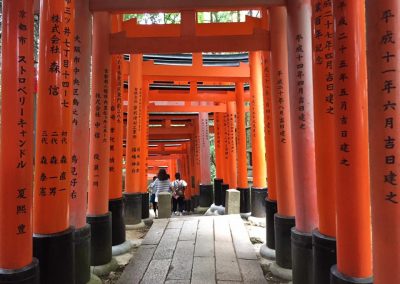
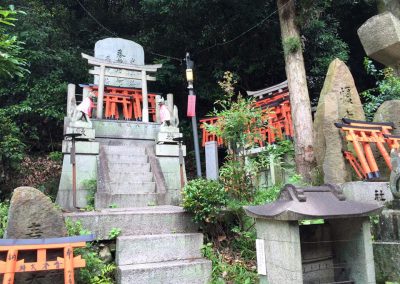
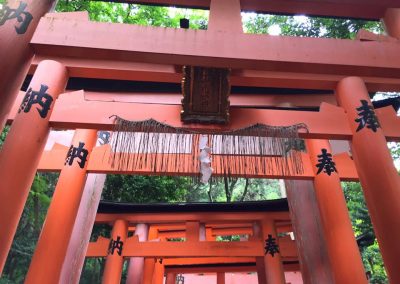
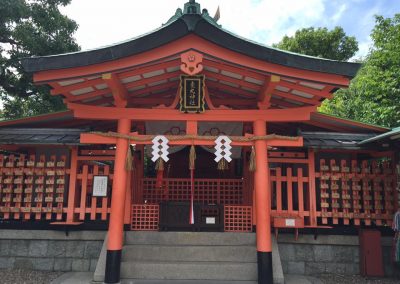
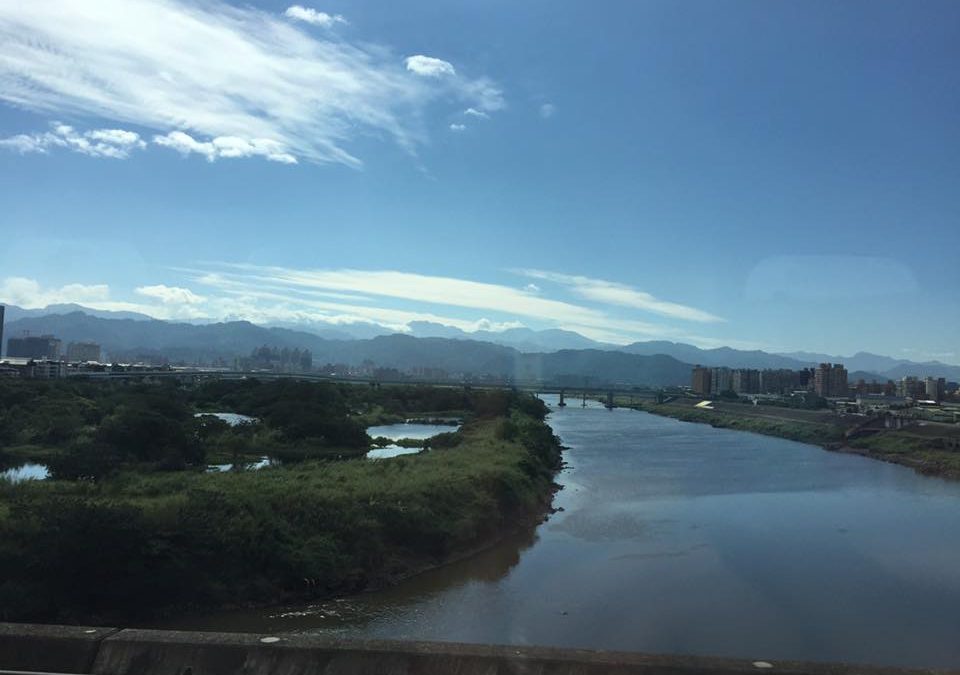
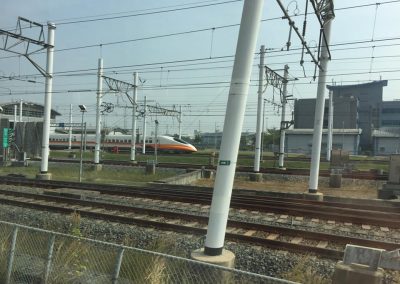
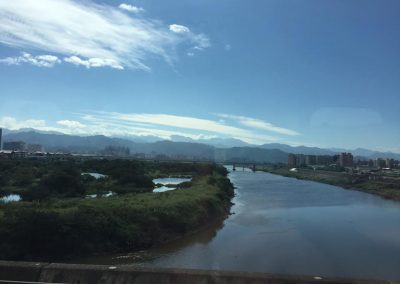
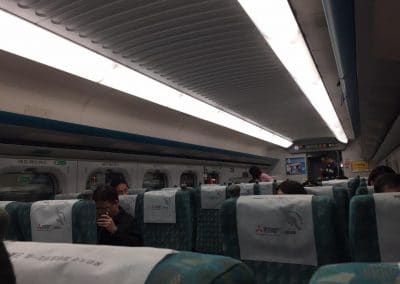

 Skymark is a LCC (low cost carrier) serving Japan, with it’s hub airports being Tokyo, Fukuoka, Kobe, and Okinawa. They also fly to Nagasaki, Kagoshima, Nagoya, Ibaraki, and Sapporo, but how do they stack up compared to the other LCC’s? Let’s take a look.
Skymark is a LCC (low cost carrier) serving Japan, with it’s hub airports being Tokyo, Fukuoka, Kobe, and Okinawa. They also fly to Nagasaki, Kagoshima, Nagoya, Ibaraki, and Sapporo, but how do they stack up compared to the other LCC’s? Let’s take a look.